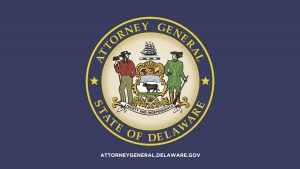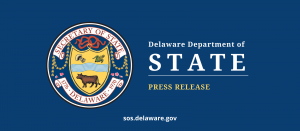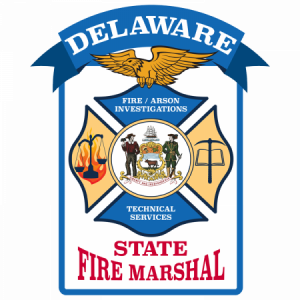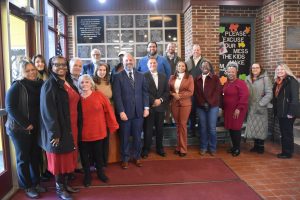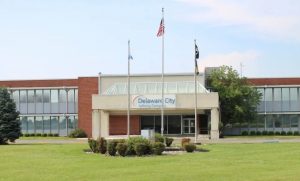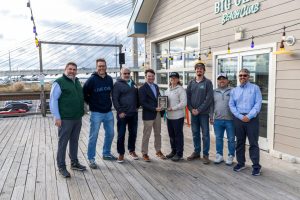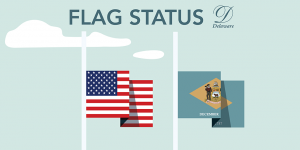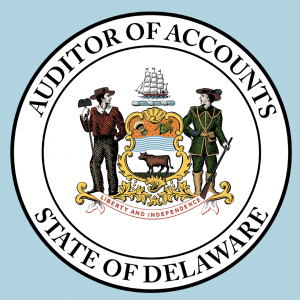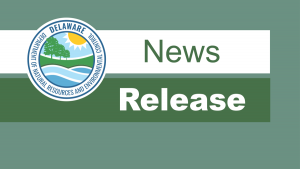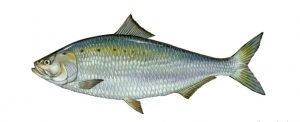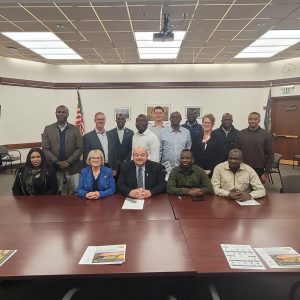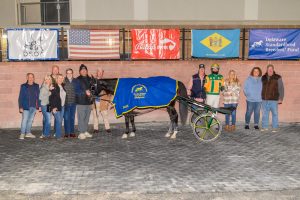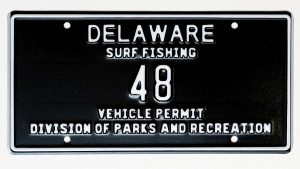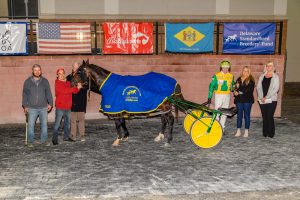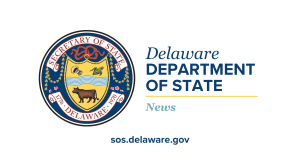LEWES – The first piping plover nest of the season has hatched a full clutch of four chicks on the Point at Cape Henlopen State Park, DNREC’s Division of Fish & Wildlife announced today.
Three more piping plover pairs are incubating nests on the Point in Cape Henlopen State Park, with two of the nests due to hatch anytime now, DNREC biologist Matthew Bailey said. A pair of piping plovers at Gordons Pond are continuing preparations for nesting.
For more information about beachnesting birds and monitoring efforts, please contact Matthew Bailey at 302-382-4151 or email matthew.bailey@delaware.gov.
About the piping plover
The piping plover was listed as threatened under the federal Endangered Species Act (ESA) in 1986, and the Division of Fish and Wildlife is responsible for its protection in Delaware. Under a binding agreement and species management plan that DNREC made in 1990 with the U.S. Fish and Wildlife Service (USFWS) – the federal agency with oversight of this ESA-protected species – piping plover nesting areas at Cape Henlopen State Park are closed annually to the public to protect the shorebirds from disturbance during their nesting season from March into September. The closure, which includes the Point and smaller areas around Gordon’s Pond and with both feeding habitat and nesting areas protected, has been successful, increasing the number of piping plover nesting pairs from a low of two pairs to a high of nine pairs. Piping plovers feed on small invertebrates that inhabit the intertidal zone near their nesting territories. Chicks are not fed by their parents, but rather are led to the shoreline to forage while the adults keep watch for potential threats. Allowing pedestrian traffic in the intertidal zone adjoining nesting areas would disturb the vital link between nesting and foraging habitat, and risks adverse stress or mortality to the chicks.
Media Contact: Joanna Wilson, DNREC Public Affairs, 302-739-9902
Vol. 46, No. 199






